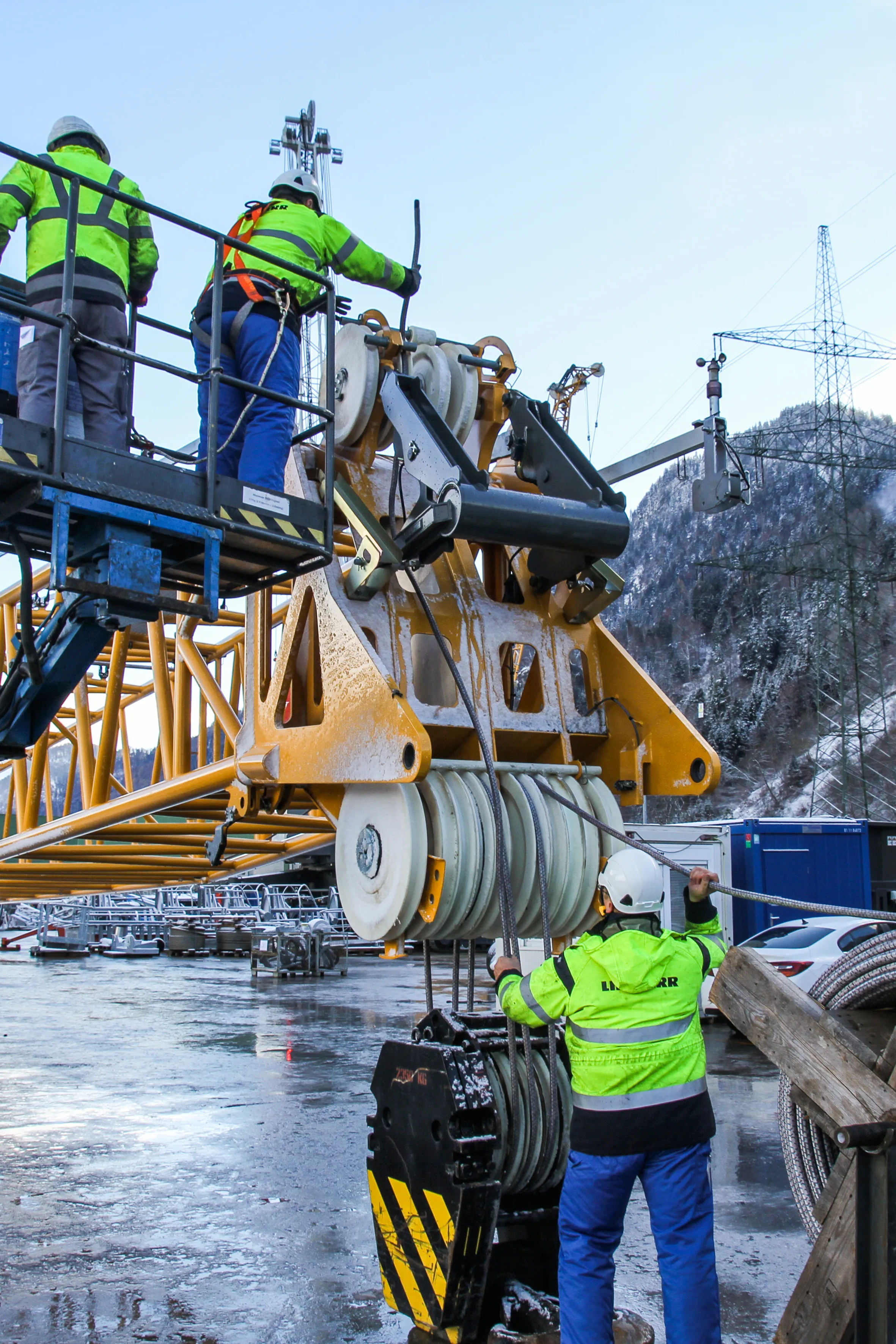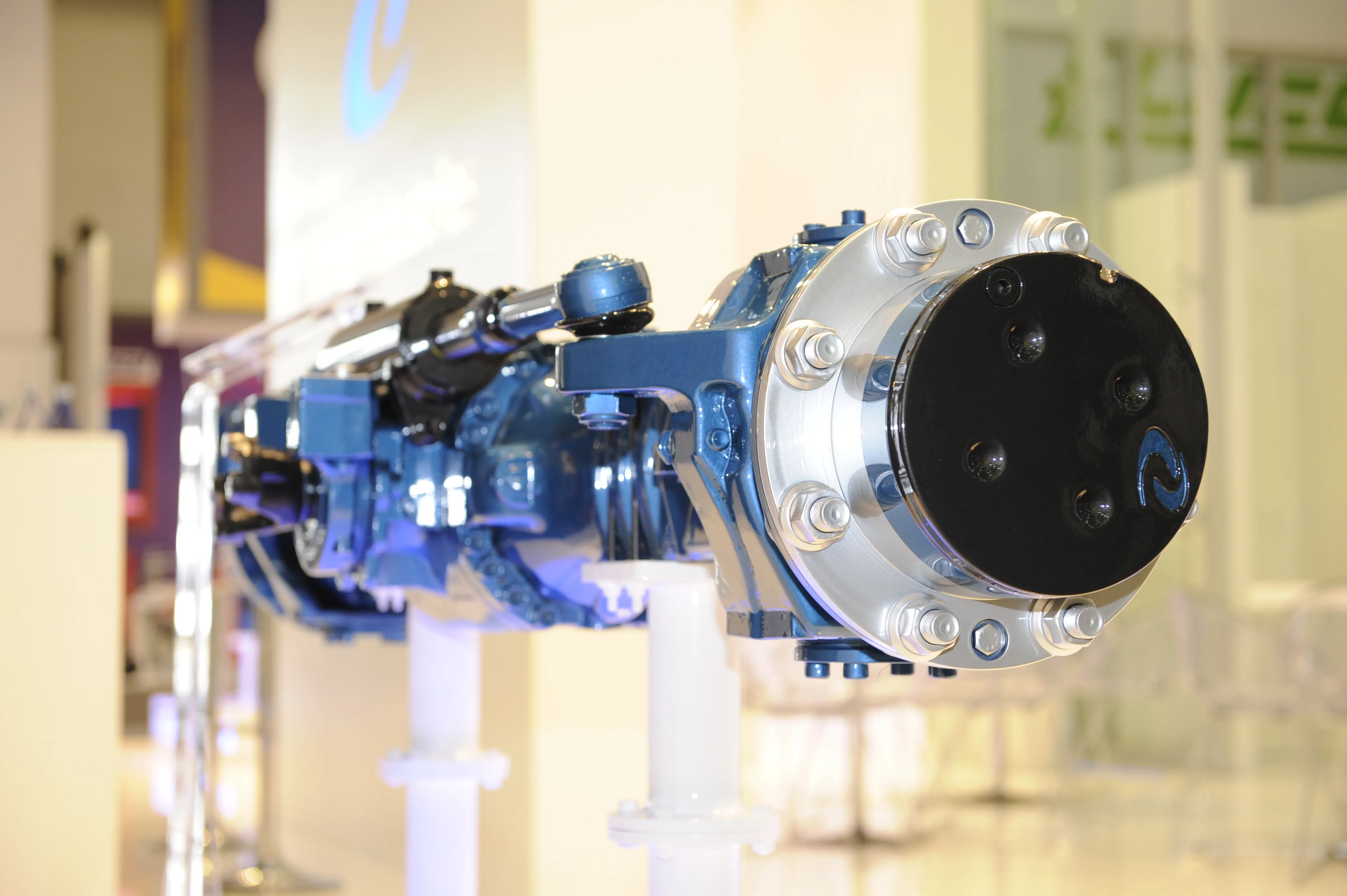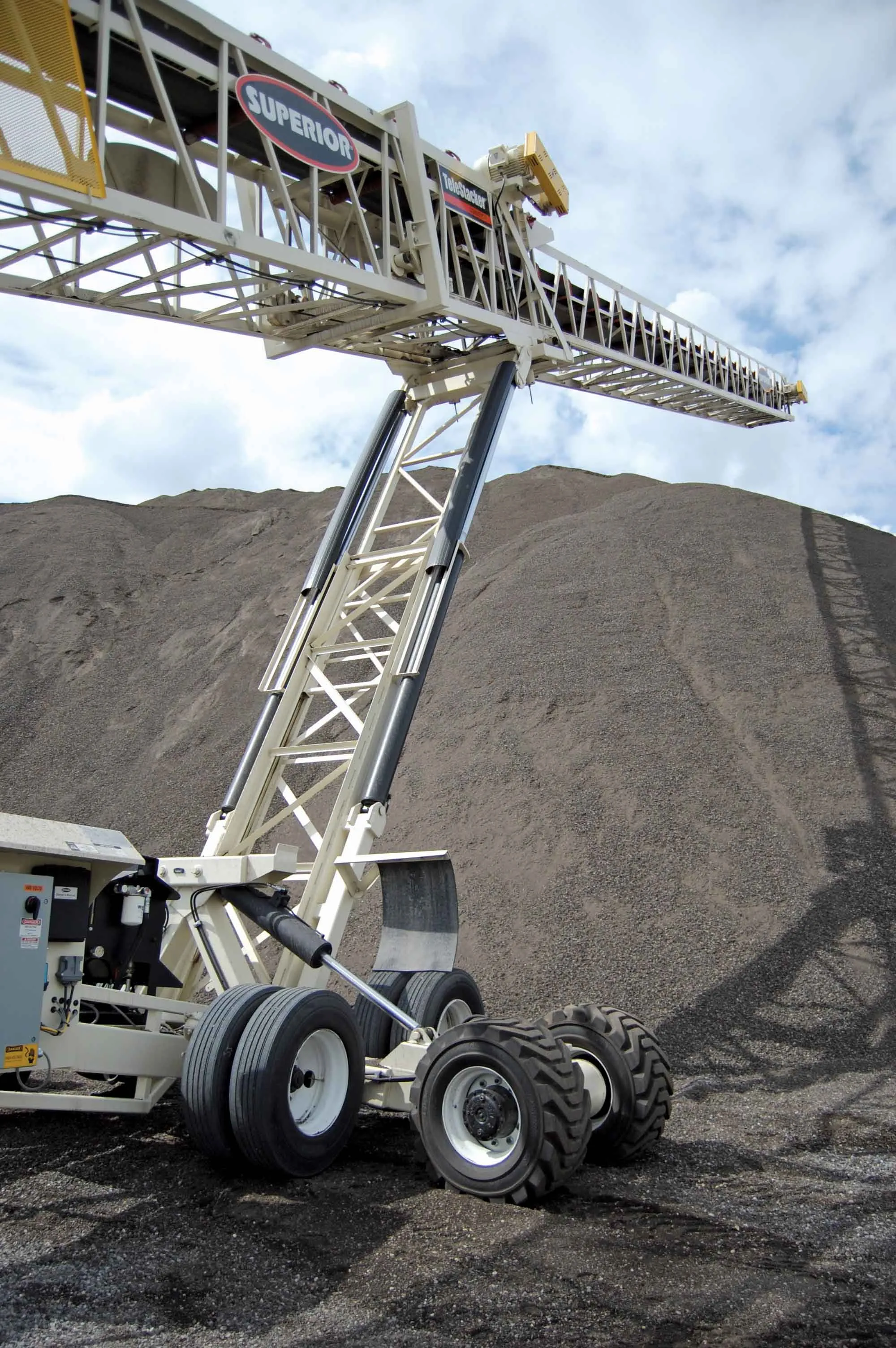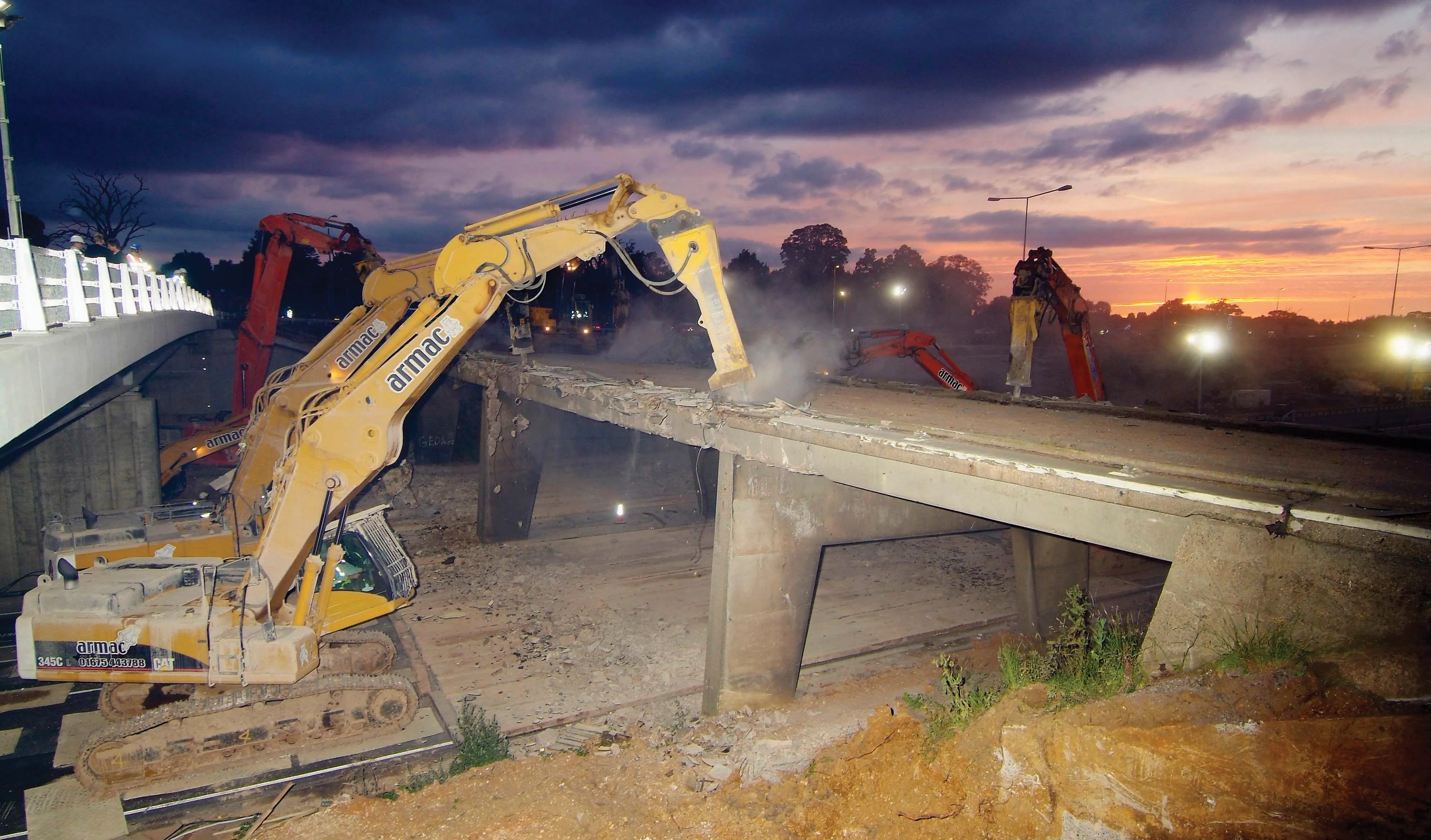Liebherr is working together with Teufelberger to develop a high-strength fibre rope for use with cranes. This innovative rope will be suitable for use in tower cranes, mobile cranes and crawler cranes and Liebherr is carrying out field tests at present on a number of different cranes. Austrian firm Teufelberger is a leader in the field of crane ropes. This project is being carried out jointly between Liebherr engineers from various divisions, as well as Teufelberger.
January 6, 2017
Read time: 2 mins

The high-strength fibre rope is being developed after many years of collaborative work between Liebherr and Teufelberger. This is based on experience in rope applications and winch technology for multi-layer spooling and the the development and manufacture of fibre and steel ropes.
The partners say that high-strength fibre ropes offer potential in comparison to steel ropes, being lighter and more durable. Load capacities can be increased thanks to the 80% reduction in the weight of the rope, which also allows to reduce the mass of the hook block. In addition, the ropes no longer need to be lubricated.
This rope weight saving can boost the size of the load being lifted. This allows for simplified assembly and disassembly of the crane due to the reduced rope weight, while increasing service life. The high-strength fibre rope is said to be wear-resistant and lasts longer than steel rope. The extended service life reduces the number of rope changes, while the crane operator can easily and safely identify when the rope needs to be changed.
All videos









